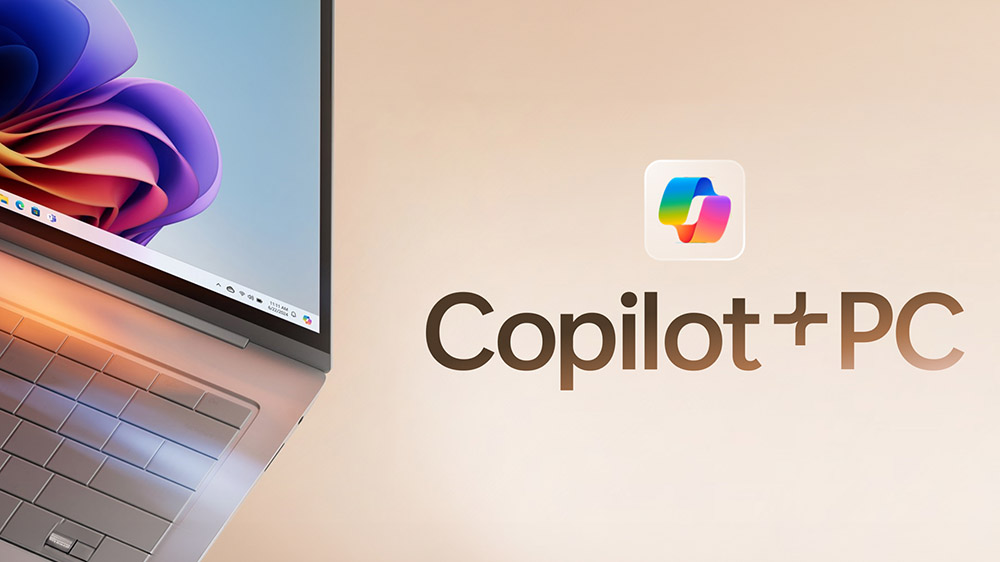A DECADE AGO, anything labeled “Internet of Things” was a niche. Today, with hundreds of thousands of devices claiming to be IoT, integrators must get more specific. That’s because the custom IoT solution you develop for a customer today could be your IoT niche tomorrow—and offering something only you can deliver is a surefire way to higher profits.
“Creating and delivering a repeatable IoT niche service can be tough,” acknowledges Gary Russell, president of LiveSmart Technologies, a boutique integrator in the Orange County, Calif., area. “I’m not sure we cracked the code yet.””
He’s certainly trying. Russell followed his love of home automation into the world of IoT. He says customers kept asking for more and more security cameras, so security became one of his most profitable niches.
Russell got started by testing everything himself. “That’s how we move from an experiment to a mature service offering.” A few home security cameras became a 56-camera project for a local church, for instance.
Residential lighting is another area Russell has carved out. Customers wanted to be able to turn off their lights remotely, so he designed a phone app to do so. “I spent 35 years as a system engineer, and I love solving problems,” he says. “”They asked to add floodlights and we did it. Our projects are profitable because they’re complicated and not do-it-yourself with a box from Home Depot.”
LiveSmart also offers a “”Goodnight Button”” that mounts on the wall by the bedside. “”One touch and it turns off all the lights, locks the doors, and sets the thermostat for the night. And we can customize it when requested,” Russell says.
Tracking and monitoring is another niche channel pros can pursue. Andy Do, president of Embedded Works, in Santa Clara, Calif., recommends that integrators seeking to create solutions using products from Embedded Works’ subsidiary SensorWorks.net start by asking their clients some key questions. These include: “”What’s your pain point? What costs money if it doesn’t work? One [integrator’s] client was a bakery with 10 locations but no IT techs on staff. If a fridge goes out, food spoils. We have an out-of-the-box tool with temperature-sensing hardware and a guaranteed wireless connection. Each unit can be monitored for maybe $10 per month.”
In fact, Embedded has more than 120 mix-and-match IoT kits it sells through distribution and its growing channel partner program. Projects that sound wildly different, like tracking cow locations or monitoring soil moisture over 200 acres, can both use similar wireless technology.
“If you can monitor something with a device, you can measure it,” says Do. “If you can measure, you can monetize. But it takes a cultural shift from selling products to selling a solution.”
The niches can be surprising. One of his partners sells asset tags to track portable toilets. They don’t often get stolen, but they do get left behind at old job sites. Not anymore. Embedded’s TrackingForLess.com subsidiary focuses on such small but real needs.
To be successful with IoT, Do acknowledges, integrators must learn a different discipline. “IoT needs more ownership from the sellers,”” he explains. “”You can’t just sell a box and think you’re done. IoT projects need to be delivered, configured, the users educated, and maintained. Lots more handholding.”
Russell agrees. “To be successful in home automation customers still need education, education, education,” he says. “We’re still early in the home automation story. And you need to create the ‘wow’ factor to get them excited and addicted.”
Do has three final tips. “First, ask questions to find out what clients measured and monitored. Second, look at areas with revenue loss, like the fridges, wasted water, or lost cows and porta potties. Finally, look at what clients can use to control and get updates on without having to go into the office, especially now with so many working from home.”
It probably wouldn’t hurt to include a “”wow”” factor either.
Image: iStock















